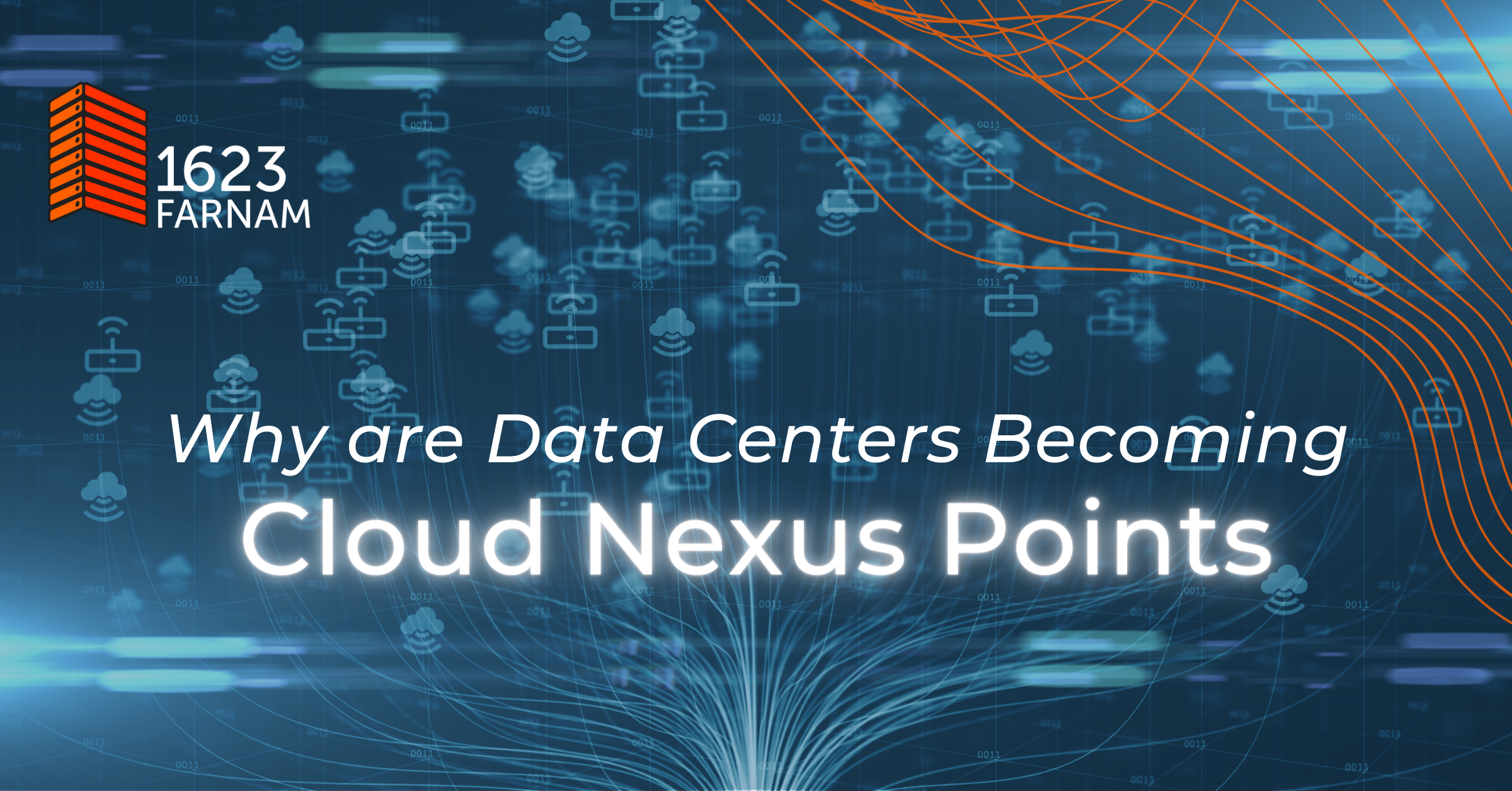In “Back to the Future II,” protagonist Marty McFly finds his future self and family living in a fanciful home where his son asks the kitchen to bring him fruit and future Marty connects with his boss on a video call in the year 2015.
The prognosticators behind the film didn’t get everything right (future Marty still gets faxes, after all), but many of the elements imagined when the movie was written over three decades ago have come to fruition.
The smart home and appliances or communications and video gaming devices depicted in the past’s most idealized dreams for the future aren’t a far cry from many of the things we find at home and at work today. Supporting all of the real-world devices we interact with requires low latency and reliable connectivity to the cloud — which means data centers, as key elements of the digital infrastructure fabric, have become critical enablers. Furthermore, becoming more closely connected with the cloud has emerged as a vital pursuit for many data centers across the world as they look to support innovative applications.
Here’s a look at some of the technologies driving multi-cloud and hybrid cloud usage.
Game On
The “Fortnite” video game franchise could be considered a poster child for cloud gaming and provide a good indication of what the future could hold for the industry. Its Battle Royale mode became an instant hit, gaining 10 million players in just two weeks, and it has continued to grow in popularity worldwide.
The cloud gives players unfettered access to this and other games, which no longer require a console or PC to play. Users can even start playing on one device and pick up where they left off on another. Cloud gaming is expected to be a large growth area in the video game industry, placing increased demand on data centers to help keep players happy — and help providers keep pace with rapidly increasing traffic speed and user experience demands.
Talking the Talk
Data has never before been more available than it is now, and one driving factor behind that is the Internet of Things. Interconnected devices are talking to each other and the cloud, sharing information that often factors into decision-making. This has particularly intriguing applications in the manufacturing and logistics industries. Sensors and other devices can closely monitor operations and provide real- or near-real time data, providing valuable insight so companies can run as efficiently as possible and keep up with maintenance, for example.
Businesses can easily see the many opportunities that IoT presents, and the number of IoT devices is expected to more than double by 2025. With that will come an exponential growth in data, and supporting its flow in and out of the cloud is crucial to making the most of it.
Cloud Companions
Open AI’s ChatGPT has been generating lots of headlines since its debut last fall, many of them little more than clickbait. Some overplay the impact that artificial intelligence will have in some use cases, but there’s no denying it will influence the future and potentially revolutionize some industries (as it’s beginning to do even as you read this). A subset of AI that can leverage the IoT is machine learning, in which computers can learn and make predictions based on data.
The startups working in the AI space depend on the cloud, in part because the infrastructure required to support their products is massive and expensive. As more and more applications of AI and ML find their way into our lives, they will be built on multi-cloud solutions.
Unlocking Innovation with Rich Cloud Capability
In the fast-paced virtual world of cloud gaming, even a slight delay can disadvantage players. The stakes could be much higher when you’re talking about IoT devices communicating key manufacturing data, and as AI and ML continually infiltrate these spaces to further refine and enhance processes, reliable connectivity is a requirement.
That’s why here at 1623 Farnam we are focused on building a cloud-rich, well-connected ecosystem: So customers can quickly and easily empower any application, and the world can continue innovating with low latencies and great customer experiences. With popular cloud and cloud enabler partners like Google Cloud Connect, AWS, Megaport, Console Connect, PacketFabric and more, we provide direct, secure connections with ultra low latency and high speeds. As a carrier-neutral data center, you can choose which carrier works best for you.
To learn more about our cloud ecosystem, click here.


